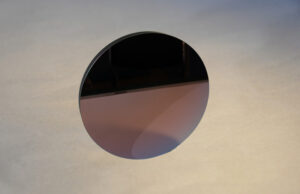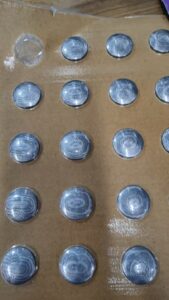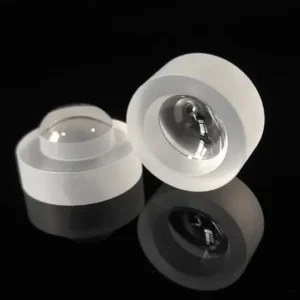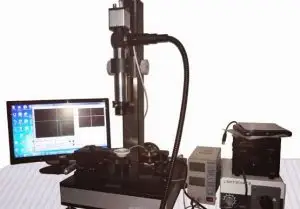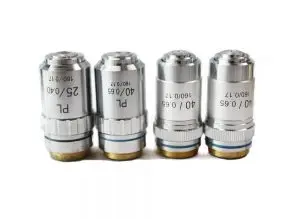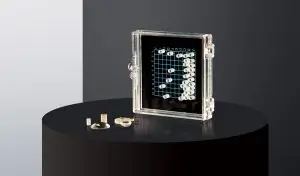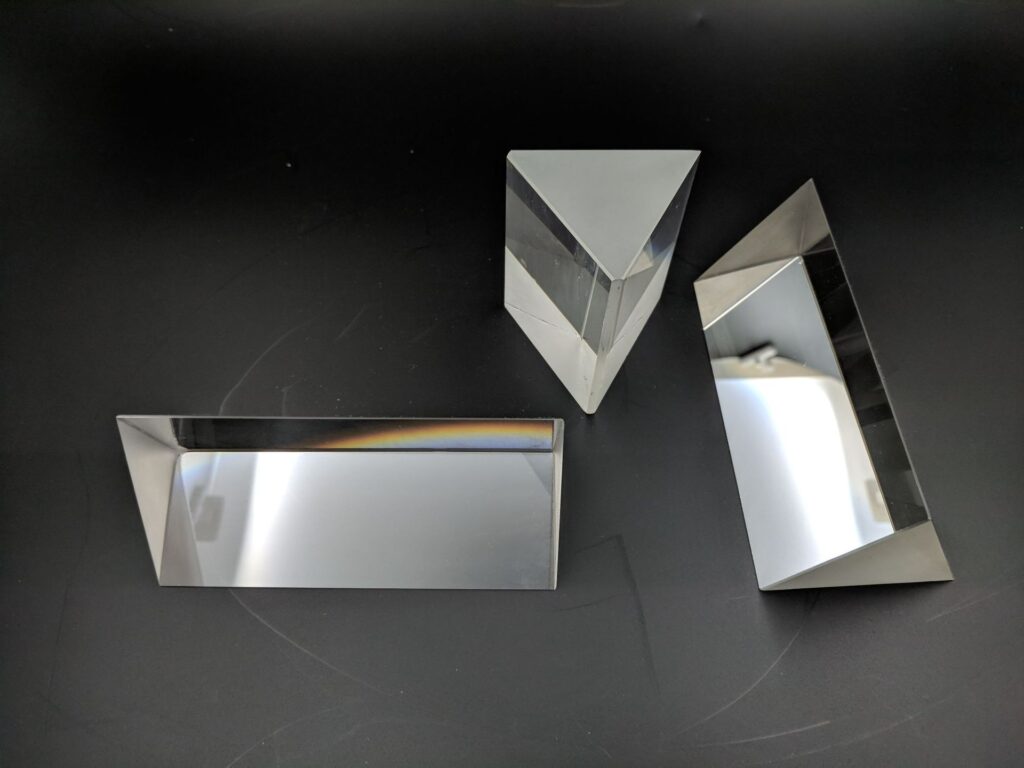- Material: BK7, sapphire glass, quartz glass, etc.
- Dimension: 10-200mm
- Surface Accuracy: 60-40 or better
- Size Tolerance: +/-0.1mm or better
- Angle Tolerance: +/-3’or 30”
- Coating: Optional
Prism Periscope: How It Works and Why It’s Better Than Mirror Periscope
What is a Prism Periscope?
A prism periscope is an optical device that uses prisms to reflect light and allow the user to see over or around obstacles. It works on the principle of total internal reflection (TIR), which ensures that light is reflected efficiently within the prism without the need for a reflective coating.
Periscopes are widely used in military, submarines, and other fields where seeing from a concealed position is essential. While traditional periscopes often use mirrors, prism periscopes offer several advantages in terms of durability, optical clarity, and performance.
How Prism Periscope Works
The key working principle behind a prism periscope is total internal reflection.
1. Total Internal Reflection (TIR)
- When light travels from a denser medium (like glass) to a less dense medium (like air) at a certain angle, it reflects back into the denser medium instead of passing through.
- This phenomenon is called total internal reflection and allows prisms to act as perfect reflectors without needing a reflective coating.
- In a prism periscope, light enters the prism at a specific angle, reflects off the internal surfaces, and exits through the viewing end, giving a clear and bright image.
2. Prism Design in Periscopes
- A typical prism periscope uses two right-angle prisms.
- Light enters the first prism, reflects internally, and travels down the periscope tube.
- The light then reflects again through the second prism and exits through the eyepiece, forming a clear, undistorted image.
Applications of Prism Periscopes
1. Military and Submarine Use
- Prism periscopes are widely used in submarines and armored tanks because they provide a durable and high-quality optical solution.
- The prisms are resistant to damage from environmental factors like moisture and temperature changes.
- Total internal reflection ensures that the image remains bright and undistorted even in low-light conditions.
2. Tank Periscope Prism
- Tank periscopes often use prisms instead of mirrors to improve durability and clarity.
- Mirrors can lose reflectivity over time due to scratches or environmental exposure, but prisms using total internal reflection maintain consistent performance.
- The compact design of prisms allows tank periscopes to be more resistant to vibration and shock.
Prism Periscope vs. Mirror Periscope
Prism periscopes and mirror periscopes both serve the same purpose, but they work in different ways and have distinct advantages and disadvantages.
| Feature | Prism Periscope | Mirror Periscope |
|---|---|---|
| Reflection Method | Total internal reflection | Surface reflection with a reflective coating |
| Image Quality | High clarity, no light loss | Potential light loss and distortion over time |
| Durability | Resistant to environmental factors and damage | Mirror coating can degrade over time |
| Maintenance | Low – prisms maintain reflectivity naturally | Higher – mirrors need recoating or replacement |
| Weight | Slightly heavier | Lighter due to simple mirror design |
| Cost | Higher due to manufacturing complexity | Lower due to simpler design |
✅ Advantages of Prism Periscopes
- High image clarity and brightness
- Resistant to environmental damage
- Longer lifespan with minimal maintenance
❌ Disadvantages of Prism Periscopes
- More expensive to produce
- Heavier than mirror periscopes
✅ Advantages of Mirror Periscopes
- Lightweight and cost-effective
- Easier to manufacture
❌ Disadvantages of Mirror Periscopes
- Mirrors lose reflectivity over time
- Lower image quality due to light loss and distortion
Why Prism Periscopes Are Superior
- Better Optical Performance
- Total internal reflection allows for nearly 100% reflection efficiency, resulting in brighter and clearer images.
- Increased Durability
- Prisms are sealed and protected from moisture and dust, whereas mirrors are more prone to damage and degradation.
- Consistent Performance
- Unlike mirrors, prisms do not require regular maintenance or replacement to maintain performance.
Conclusion
Prism periscopes offer superior optical performance, durability, and long-term reliability compared to mirror-based periscopes. Although they are more expensive and slightly heavier, the benefits of total internal reflection, better image quality, and minimal maintenance make them the preferred choice in critical applications like submarines and military tanks.
When considering a periscope solution, the prism periscope stands out for its clarity, resilience, and long-lasting performance.

